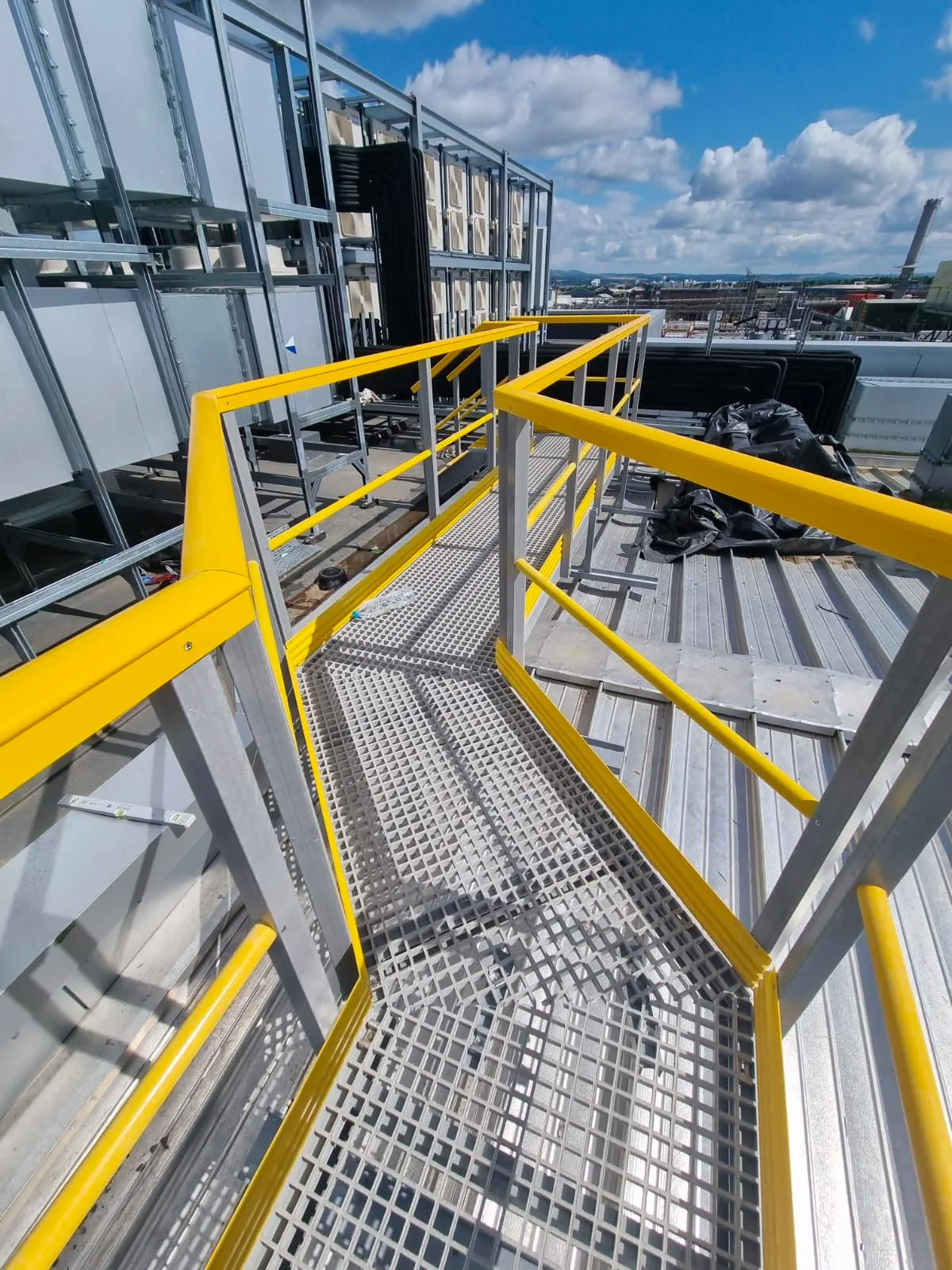loading...
- No. 9, Xingyuan South Street, Dongwaihuan Road, Zaoqiang County, Hengshui, Hebei, China
- admin@zjcomposites.com
- +86 15097380338
- Welcome to visit our website!
frp pultruded sections
Understanding FRP Pultruded Sections Applications and Advantages
Fiber Reinforced Polymer (FRP) pultruded sections have emerged as a modern solution in various industries due to their exceptional strength-to-weight ratio, corrosion resistance, and design versatility. These composite materials, which combine fibers, typically glass or carbon, with a polymer matrix, are manufactured through a continuous molding process called pultrusion. In this article, we will explore the technology behind FRP pultruded sections, their applications, advantages, and considerations for their use in different sectors.
The Pultrusion Process
The pultrusion process involves pulling raw materials through a heated die to create a continuous length of composite profile with a constant cross-section. The process begins with the selection of reinforcing fibers and resin systems. The fibers are often pre-impregnated with resin in a process called pre-pregging, or they can be combined with resin during the pultrusion process. As the material is pulled through a heated die, it cures and solidifies, resulting in strong, lightweight, and durable sections.
One of the main benefits of the pultrusion process is its efficiency and repeatability, producing long sections with uniform properties and dimensions. This makes FRP pultruded sections an excellent choice for structural applications, as they can be fabricated in various shapes and sizes to meet specific design needs.
Applications of FRP Pultruded Sections
FRP pultruded sections are used in a wide range of applications across different industries. Some of the most common applications include
1. Construction and Civil Engineering FRP pultruded sections are increasingly used in building structures, bridges, and infrastructure components. Their lightweight nature reduces overall structural loads, leading to savings in foundation costs and easier handling during installation.
2. Marine Industry The corrosion resistance of FRP makes it an ideal choice for marine applications. FRP pultruded sections are commonly used in dock structures, gangways, and boatbuilding, where exposure to saltwater and harsh environmental conditions is a concern.
3. Transportation In the automotive and aerospace industries, the lightweight yet strong characteristics of FRP pultruded sections contribute to fuel efficiency and performance. Components such as chassis, body panels, and internal structures benefit from the use of FRP.
4. Energy Sector FRP pultruded sections are widely used in the construction of wind turbine blades, power plants, and electrical infrastructures due to their high tensile strength and electrical insulation properties.
5. Water and Waste Management The chemical resistance of FRP makes it suitable for use in tanks, piping systems, and other water treatment facilities, where durability and resistance to environmental factors are critical.
frp pultruded sections

Advantages of FRP Pultruded Sections
The growing popularity of FRP pultruded sections can be attributed to several key advantages
- Corrosion Resistance Unlike traditional materials like steel and aluminum, FRP does not corrode when exposed to harsh chemicals or environmental conditions, significantly extending its lifespan and reducing maintenance costs.
- Lightweight Nature With a density significantly lower than that of metals, FRP pultruded sections are easier to transport and install, resulting in lower labor costs and less energy consumption during construction.
- High Strength-to-Weight Ratio FRP materials exhibit impressive tensile and compressive strength, making them suitable for applications requiring load-bearing capabilities without the bulk of traditional materials.
- Design Flexibility The ability to create custom shapes and sizes via pultrusion allows for innovative design solutions, catering to specific structural needs while maintaining aesthetic appeal.
- Thermal and Electrical Insulation FRP materials offer excellent thermal insulating properties and are non-conductive, making them suitable for applications where electrical insulation is essential.
Considerations
While FRP pultruded sections offer numerous advantages, designers and engineers must consider factors like initial costs, production lead times, and environmental impact before selecting materials for specific projects. Furthermore, proper installation techniques and rehabilitation strategies are crucial to maximizing the benefits of FRP in construction.
Conclusion
FRP pultruded sections are revolutionizing various industries by providing efficient, lightweight, and durable solutions. As technology advances and awareness of its benefits grows, we can expect to see an even wider adoption of FRP materials in future applications, paving the way for innovative design and construction in an environmentally conscious manner.
-
GRP Structures: The Future of Lightweight, High-Performance EngineeringNewsJun.20,2025
-
FRP Water Tank: High-Performance Storage for Corrosive and Clean Water SystemsNewsJun.20,2025
-
FRP Square Tube: The New Industry Standard for Chemical and Structural ApplicationsNewsJun.20,2025
-
FRP Pultruded Profiles: The Ultimate Choice for Lightweight Structural StrengthNewsJun.20,2025
-
FRP Handrails: The Safer, Smarter, and Stronger Choice for Modern InfrastructureNewsJun.20,2025
-
FRP Grating: The Smart Solution for Durable, Lightweight Industrial FlooringNewsJun.20,2025
-
Why Choose a Galvanized Water Tank for Your Storage NeedsNewsMay.21,2025
